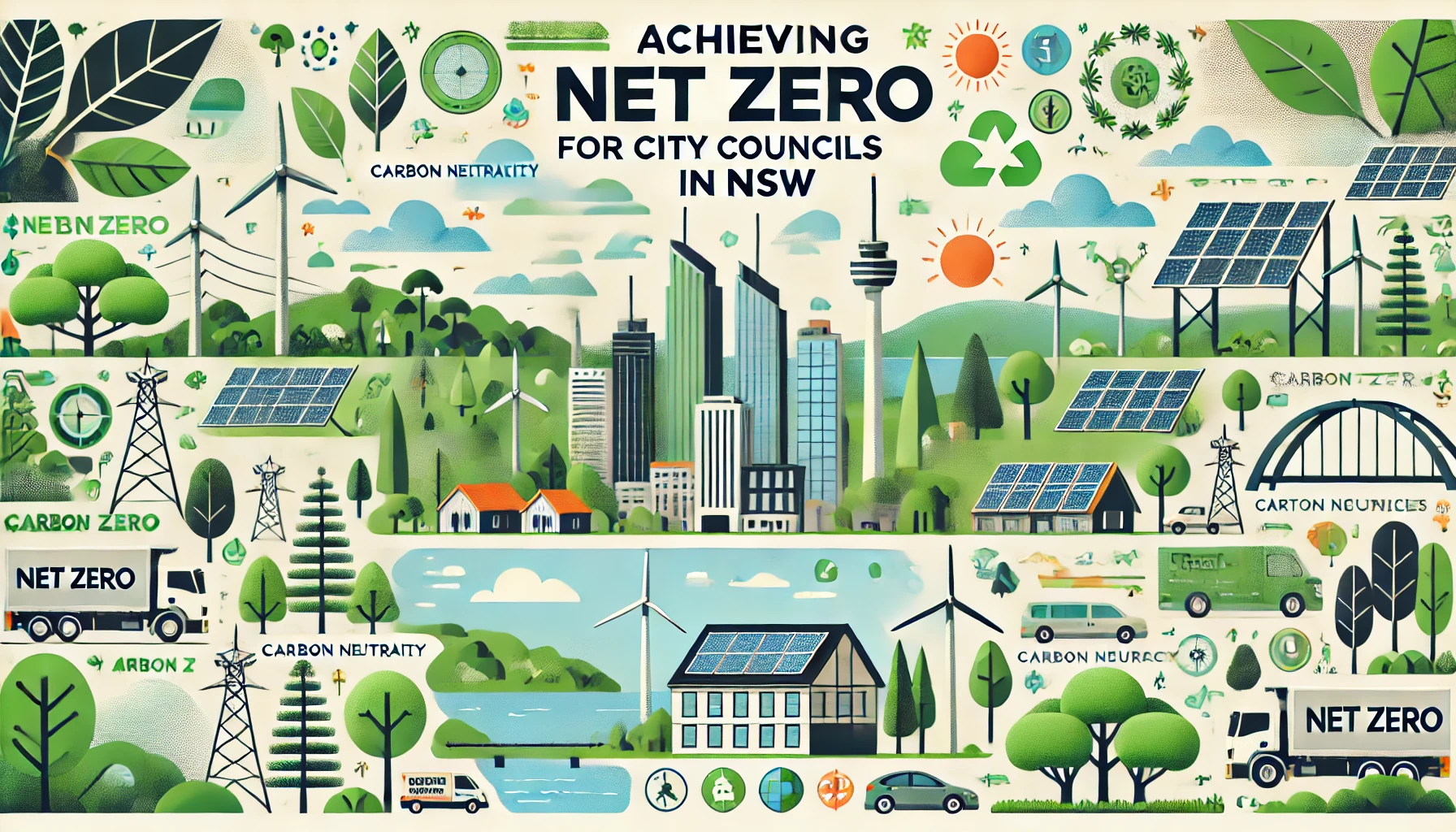Achieving Climate Active Carbon Neutral Certification is an important step for Australian businesses working towards reducing their carbon footprint and showcasing environmental responsibility. This article explains the eligible carbon offset credits that organisations must use to comply with the Climate Active Carbon Neutral Standard and provides examples to help understand how these credits are applied.
What Are Carbon Offset Credits?
Carbon offset credits are tradeable units that represent verified reductions in greenhouse gas emissions. By purchasing these credits, organisations can offset their own emissions by supporting projects that reduce or capture greenhouse gases elsewhere.
For organisations aiming for Climate Active Carbon Neutral Certification, it is essential to use eligible carbon offset credits that meet the stringent requirements outlined by the Climate Active Carbon Neutral Standard.
Eligible Carbon Offset Credits
The Climate Active Standard requires businesses to use high-quality carbon credits that are verified by recognised standards and registries. The offset units eligible under the standard include:
| Credit Type | Issuing Body | Project Types | Example |
|---|---|---|---|
| Australian Carbon Credit Units (ACCUs) | Clean Energy Regulator (Australia) | Reforestation, waste management, agriculture | A project that restores native forests in degraded farmland across Queensland. |
| Certified Emission Reductions (CERs) | UNFCCC (Clean Development Mechanism) | Renewable energy, industrial emissions | A wind power project in India that substitutes coal-based electricity. |
| Gold Standard Credits (GS VERs) | Gold Standard (International) | Renewable energy, energy efficiency | A solar energy project providing electricity to remote communities in Africa. |
| Verified Carbon Units (VCUs) | Verified Carbon Standard (Verra) | Forest conservation (REDD+), reforestation | A forest preservation project in the Amazon rainforest to prevent deforestation. |
| Removal Units (RMUs) | Kyoto Protocol countries | Land use, land-use change, forestry | Reforestation projects under Article 3.3 or 3.4 of the Kyoto Protocol. |
Eligibility Criteria for Carbon Offset Credits
According to the Climate Active Carbon Neutral Standard, carbon credits must meet strict integrity principles to be eligible for use in carbon offsetting. The offset credits should adhere to the following criteria:
- Additionality: The emissions reductions must be additional to what would have occurred without the project.
- Permanence: The carbon captured or reduced must be permanent. For sequestration projects, the carbon must remain stored for at least 100 years.
- Measurable and Transparent: The emissions reductions must be measurable, and data about the projects must be accessible to stakeholders.
- Independently Verified: Each project must be verified by an independent third party to ensure the credibility of the emissions reductions.
Examples of Eligible Projects
- Reforestation in Australia: By purchasing ACCUs from a reforestation project in Queensland, businesses can support native forest restoration and offset their emissions while also helping biodiversity.
- Renewable Energy in India: Certified CERs can be purchased from a wind farm project in India, where businesses can offset their emissions by contributing to clean energy production that displaces fossil fuels.
- Forest Conservation in Brazil: A forest conservation project in the Amazon under the Verified Carbon Standard (VCS) can offer VCUs to organisations looking to offset their carbon footprint while supporting biodiversity and forest preservation efforts.
Steps to Achieve Climate Active Certification
- Measure Emissions: Businesses must measure their total greenhouse gas emissions as per the Climate Active Standard guidelines.
- Reduce Emissions: Implement strategies to reduce emissions, such as improving energy efficiency or using renewable energy.
- Offset Remaining Emissions: Purchase eligible carbon offset credits to neutralise any remaining emissions.
- Apply for Certification: Submit evidence of emissions reduction and offsetting to gain Climate Active Carbon Neutral Certification.
Conclusion
By following the guidelines outlined in the Climate Active Carbon Neutral Standard, Australian businesses can purchase eligible carbon credits such as ACCUs, CERs, GS VERs, or VCUs to achieve carbon neutrality. This not only ensures compliance with local regulations but also contributes to the global effort to mitigate climate change.


